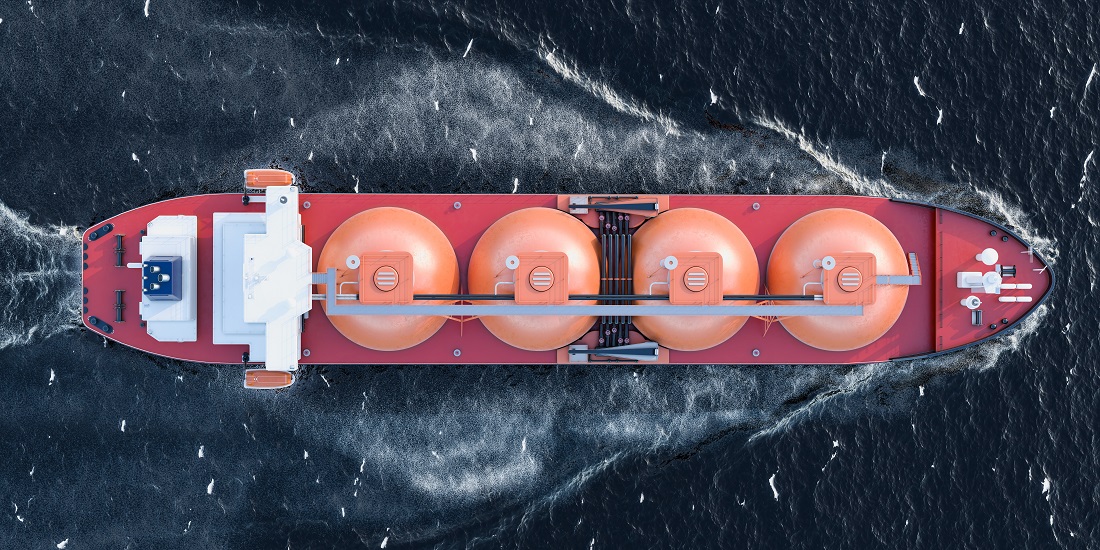
LNG gas properties
Liquefied Natural Gas (LNG) is the liquid state of natural gas, primarily composed of methane (CH4). This transformation is achieved by cooling natural gas to an extremely low temperature of -161°C (-259°F). In this liquefied state, LNG is odorless, colorless, non-toxic, and non-corrosive.
Notably, LNG occupies about 1/600th of the volume of natural gas in its gaseous state. This reduction results in a substance with high energy density. The liquefaction process facilitates more efficient transportation over extended distances and enables LNG storage in overground tanks.
Over decades, LNG has evolved into a key component of the global energy trade. It plays a crucial role in facilitating the export and import of natural gas between regions not directly connected by pipelines. The trade of LNG has experienced substantial growth and is anticipated to continue expanding in the coming decades.
LNG Carriers: The main method for importing Liquefied Natural Gas
In 2023 the European Union imported 170 billion cubic meters (bcm) of LNG, marking a 10% increase compared to 2022.
This growth is mainly driven by the increased output from liquefaction projects in Africa and the United States.
LNG is primarily transported by sea in specially designed ships known as LNG carriers. This maritime approach is favored when pipeline transport is either cost-prohibitive or impractical.
ENGIE: setting the benchmark in LNG management
Currently, LNG tankers are the most common way of transporting LNG. The global fleet is composed of small-scale LNG carriers for coastal navigation mostly while the largest cross-ocean vessels can contain up to 266,000 cubic meters. The most recent ships typically have a capacity of about 174,000 cubic meters and are equipped with a re-liquefaction unit so save on the natural evaporation (also known as “boil-off”) occurring during transportation. One shipment of LNG can power 45,000 homes for one year, or warm 17 million homes for one winter’s day.

To prevent the LNG from warming up and vaporizing during transportation, the LNG storage tanks need to be well-insulated.
As a major player in LNG, with over 50 years of experience, the ENGIE group has set the standard for international LNG management, delivering a significant amount of LNG annually to clients worldwide.
In 2022, our teams achieved notable rankings, securing the position of the top energy dealer worldwide, particularly in LNG Europe & Asia, LNG Trading Platform – EGMA, Economic Research in Gas – EnergyScan, and attaining the second spot globally as a Power Dealer.
LNG usage
Once the LNG arrives at the LNG terminal, it is transported from the berth to cryogenic concrete tanks for storage or further loading onto trucks or small-scale LNG vessels. When LNG is regasified into natural gas, LNG seamlessly integrates into the gas transmission network or can be directly distributed in its gaseous state to consumers, providing energy to homes and businesses.
The LNG value chain comprises several key steps: extraction, liquefaction, shipping, regasification, and distribution.
At ENGIE Global Energy Management & Sales, we assist clients worldwide in developing and refining competitive and low-risk LNG portfolios. With a trading volume surpassing 100 cargoes annually, a portfolio featuring over 60 LNG counterparties, and sales operations spanning 16 countries, we tailor LNG services to meet your specific needs.
For more details about our LNG solution, please explore further.